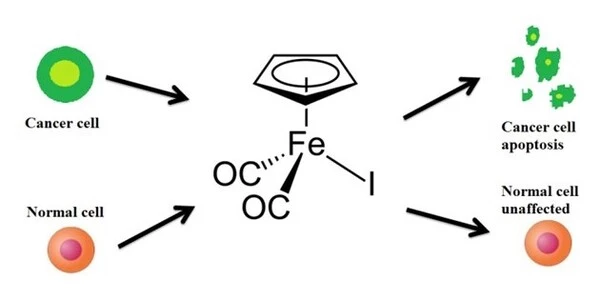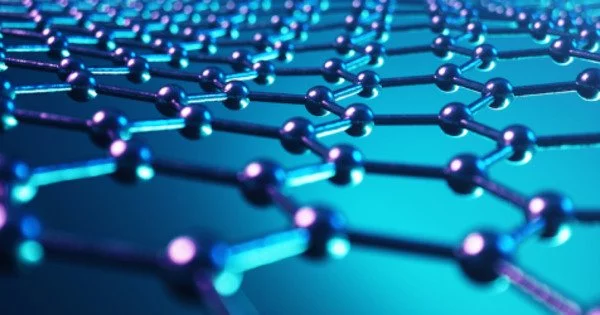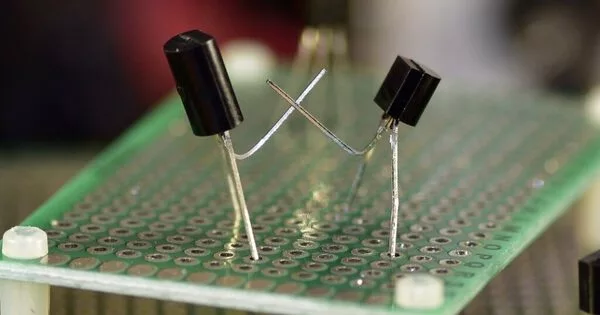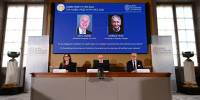Ferroelectricity is a property of certain materials that exhibit spontaneous electric polarization even in the absence of an external electric field. This property was first discovered in 1920 by Joseph Valasek in Rochelle salt, which is a compound of tartaric acid and sodium potassium tartrate. Since then, ferroelectricity has been observed in many materials including ceramics, polymers, and metals.
Researchers have discovered a new single-element ferroelectric material that challenges current theories about ferroelectric materials and has potential applications in data storage devices. NUS physicists have discovered a new type of ferroelectricity in a single-element bismuth monolayer that can produce regular and reversible dipole moments for future applications of nonvolatile memories and electronic sensors.
Ferroelectricity is the phenomenon in which certain materials exhibit spontaneous electric polarisation, which can be reversed by applying an external electric field. Ferroelectric materials are distinguished by a crystal structure devoid of a center of symmetry.
Ferroelectric materials have sparked widespread research interest due to their potential applications in data storage. Furthermore, their piezoelectric, thermoelectric, and nonlinear optical properties have been extensively researched in fields such as renewable energy, micro-electro-mechanical systems, and optical devices. Two-dimensional (2D) ferroelectric materials have emerged as a new contender in the field of neuromorphic synapse devices in recent years, owing to their low dimensionality. However, due to the scarcity of available materials, the development of 2D ferroelectric materials remains hampered.
We believe that single-element ferroelectricity in BP-Bi would introduce a new perspective to the study and design of novel ferroelectric materials, and inspire new physics of elemental materials in the future, in addition to overturning the common-sense idea that ionic polarisation only exists in compounds.
Prof Wee
Ferroelectricity is most commonly found in compounds with multiple constituent elements, where electron gain and loss between the constituents promotes the formation of positive and negative ions in the crystal. Regular atom distortion or charge ordering between sublattices causes the central symmetry to be broken, promoting the formation of ferroelectric polarisation.
Recently, a research team led by Professor Andrew WEE from the Department of Physics in the NUS Faculty of Science made a breakthrough discovery of the single-element ferroelectric state in 2D black phosphorus-like bismuth (BP-Bi), upending the previously mentioned traditional understanding of ferroelectricity. The researchers used optimised scanning tunnelling microscopy (STM) and non-contact atomic force microscopy (nc-AFM) techniques to examine the centrosymmetry-breaking on the atomic structure and charge transfer between sublattices in BP-Bi.
For the first time, single-element ionicity, single-element in-plane polarisation, and single-element ferroelectricity were all experimentally demonstrated in a bismuth monolayer. This discovery challenges the notion that ionic polarisation exists only in compounds containing cations and anions, and it broadens the scope of future ferroelectricity development. This work is being done in collaboration with Professor Lan CHEN of the Chinese Academy of Sciences’ Institute of Physics and Professor Yunhao LU of Zhejiang University’s School of Physics.

The high-quality BP-Bi was prepared on the Van der Waals graphite surface so that the monolayer BP-Bi was intact and flat enough for the measurements. Using AFM imaging and Kelvin probe microscopy (KPFM) measurements, the buckling atomic configuration (Dh?0) of BP-Bi, as well as the charge redistribution between the two sublattices, were determined using the high spatial resolution of nc-AFM.
The BP-Bi monolayer is then confirmed to have a regular in-plane dipole arrangement. In comparison, single-layer phosphorus (phosphorene) has no buckling in any of its sublayers, making it centrosymmetric and nonpolar. The polarization switching of BP-Bi is then accomplished by utilizing the in-plane electric field produced by the STM tip, which serves as the foundation for writing on non-volatile memory devices.
In comparison to magnetism, ferroelectricity is advantageous because it can be controlled solely by an electric field. As a result, it is more suitable for inclusion in integrated circuit devices. Many studies have discovered that by coupling ferroelectricity with these properties, it is possible to manipulate other material attributes. The buckling degree of the atomic structure in BP-Bi determines the ferroelectric polarisation while also controlling the basic band structure. As a result, the electronic structure and ferroelectric polarisation become interlocked. Through ferroelectric distortion, this new type of ferroelectricity offers a promising way to modulate the electronic structure of materials by an external electric field.
Dr Jian GOU, the lead author for the research paper, said, “Other research has also shown that BP-Bi exhibits topologically nontrivial states at a specific buckling height, suggesting a potential opportunity for tuning topological states through an electric field.”
In fact, the polarisation characteristics of materials have a significant impact on their basic optical and electrical properties. The discovery of single-element ferroelectric polarisation opens up a new perspective on the fundamental physical properties of elementary substances.
Prof Wee stated, “We believe that single-element ferroelectricity in BP-Bi would introduce a new perspective to the study and design of novel ferroelectric materials, and inspire new physics of elemental materials in the future, in addition to overturning the common-sense idea that ionic polarisation only exists in compounds.”
















